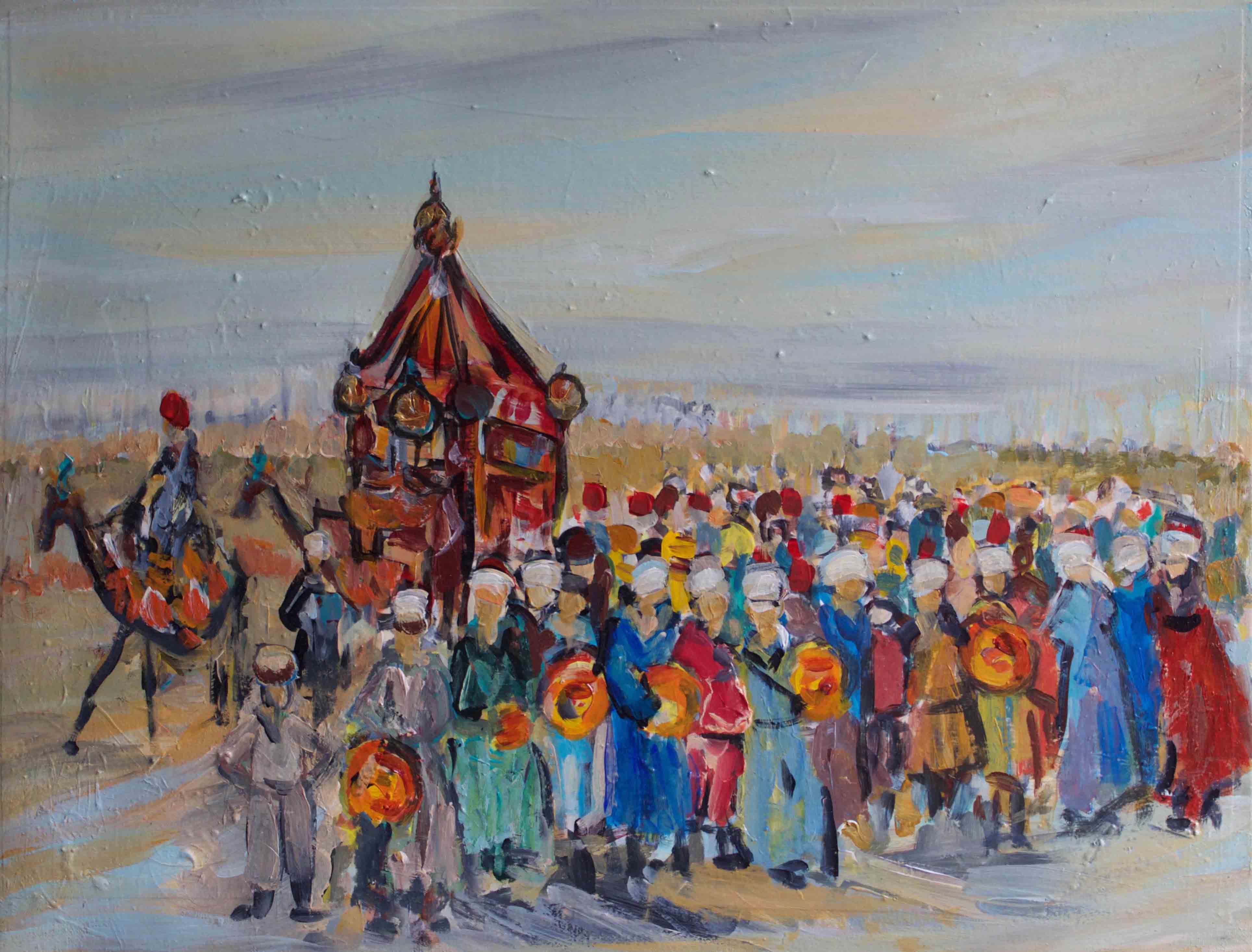Emojis: we use and love them. They exist for everyone in the world, replacing words when words fail us. Do you reckon you know what’s there to know about them? Seventy-four-year-old Egyptian artist Samir Fouad might have possibly invented emojis before the trend even caught on. Samir Fouad is not your typical grandfather, he understands and uses the symbolic power of curvy vegetables and fruits much like you normally and naughtily would on your phones. The first emoji was actually invented in 1999 by Japanese telecom engineer Shigetaka Kurita, who took inspiration from stock and weather symbols, Chinese characters and street signs. However, the not-so-innocent Mr. Fouad was already flirting with art viewers using his firm yet translucent eggplants at his solo exhibition at Cairo Opera House in 1997, two years before Mr. Shigetaka’s creation. While some might have more feeling for Mr. Fouad’s luscious, naked pears, the favorite of his show was definitely those ambiguously shy yet intelligibly moist Egyptian figs. This was 1997. Who knew water color paintings could be such potent aphrodisiacs? At Ubuntu’s “Revisited 2” Summer exhibition, gallery manager and curator Nadya Shanab presents Egyptian modern…
A Midsummer Night’s Dream of Magical Characters at Ubuntu Art Gallery
July 28, 2018




